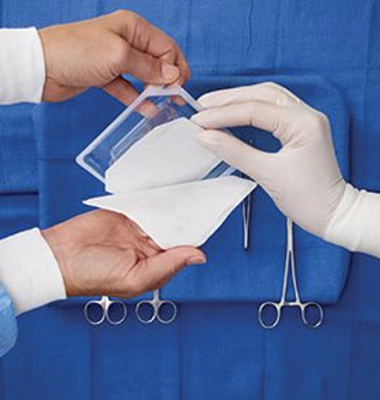
2024-08-20
1. KBOPA Laminated Base Film In the industry standard, KBOPA oxygen transmission is required to be less than 10cm3/(m2.24h). Therefore, the actual oxygen resistance of PVDC coated nylon laminated film is about 5cm3/(m2.24h). Tip: (1) This kind of packaging can only be used below 100℃; (2) There are problems of unstable quality or coating transfer in domestic KBOPA. 2. PVA coating film Theoretically, the oxygen resistance is better than PVDC coating film, but it can only be used for 85℃ pasteurization, and the barrier is greatly affected by humidity. 3. GT film (Ceramic Evaporation Coating) It can be divided into SiOx, Al2O3 and mixed steam coating. The oxygen resistance is slightly different, but it can be less than 1cm3/(m2.24h), and it can be cooked. 4. EHA high barrier nylon film EHAP (or boiled) oxygen transmittance less than 2cm3/(m2.24h) EHAR (high temperature cooking) oxygen transmission less than 8cm3/(m2.24h) (23℃, 50%RH) 5. High barrier coating technology To apply a barrier layer through a plate roller on printing equipment. 6. High barrier adhesive It can achieve the blocking effect of PVDC co-extrusion film, and can be used for cooking purposes. 7. PVDC and EVOH co-extruded films In the GB/T28117-2011: The oxygen transmittance of PVDC co-extruded film (VDC and MA co-extruded film) and EVOH co-extruded film is less than 20cm3/(m2.24h), and the cooking resistance depends on the melting point of TiE and PO resin in the film. The type and thickness of the barrier layer resin in this kind of film directly determines the barrier property of the film, and the oxygen permeability of the good co-extrusion film can be less than 1 cm3/(m2.24h). If you want to improve the drop resistance, you need PA/PVDC, PA/EVOH co-extrusion film, at least 7 layers of co-extrusion, which can improve the tensile strength of co-extrusion film. Drop resistance depends on the toughness of the material, usually PP toughness is poor and easy to break the package, PE toughness is good but the melting point is low can not be cooked, cooking can only be HDPE, MDPE, but the transparency of the film decreased. After the multi-layer co-extruded film is compounded with a bidirectional stretch film, the tensile strength of the laminated base film increases exponentially, but the elongation decreases, and the drop resistance generally decreases, but the decrease of the laminated PA film is the least, and the decrease of the laminated PET film is more.

the professional team to service !